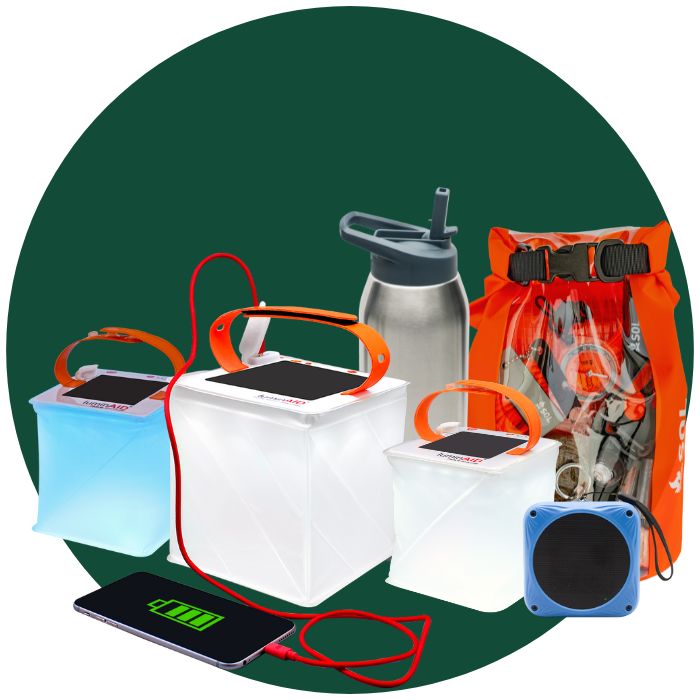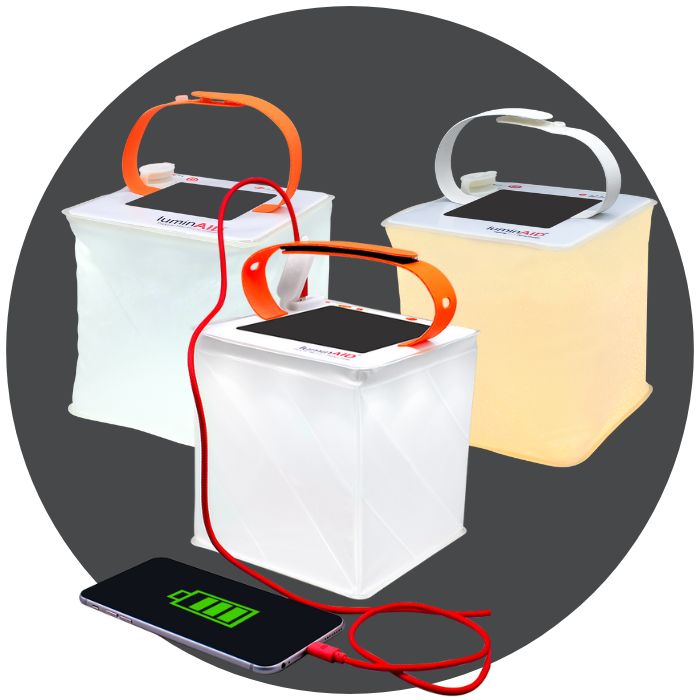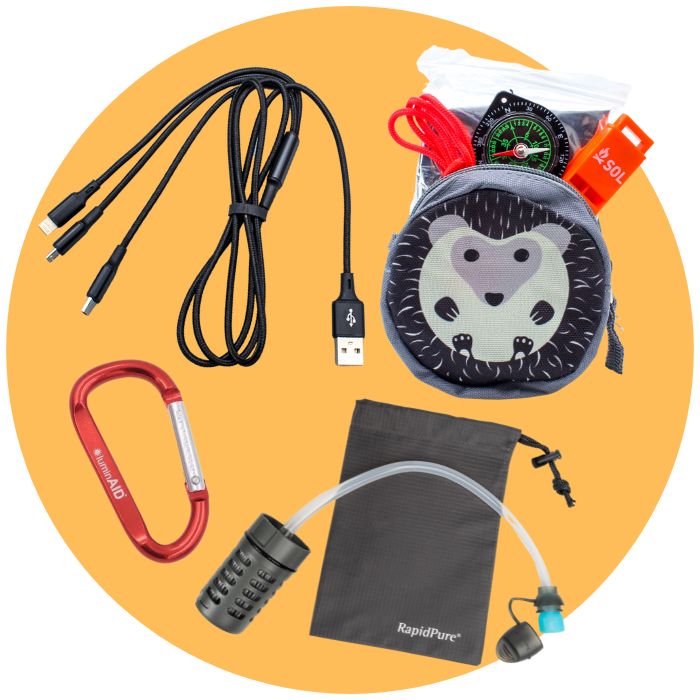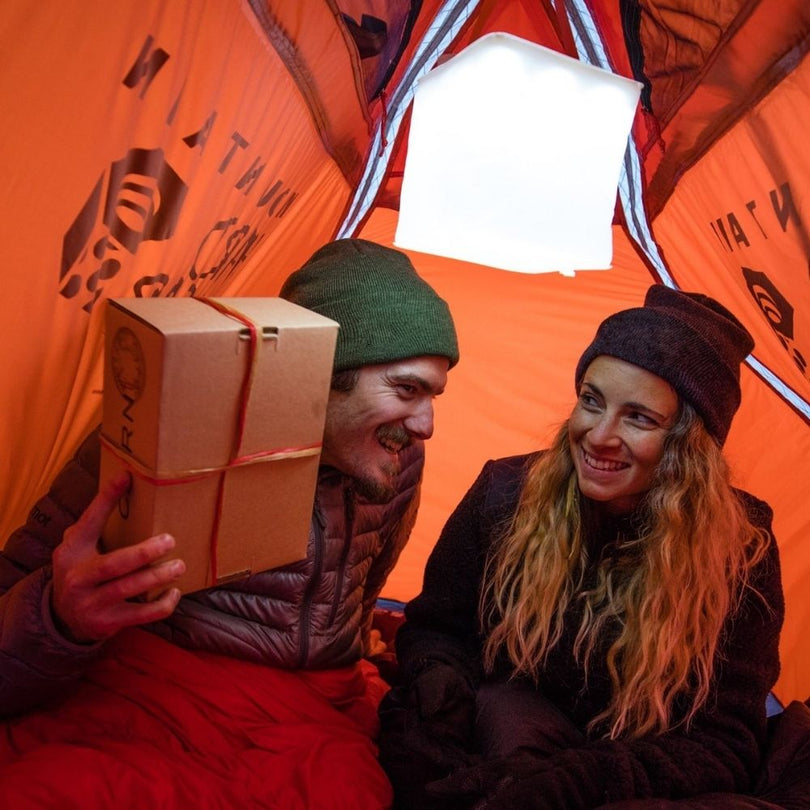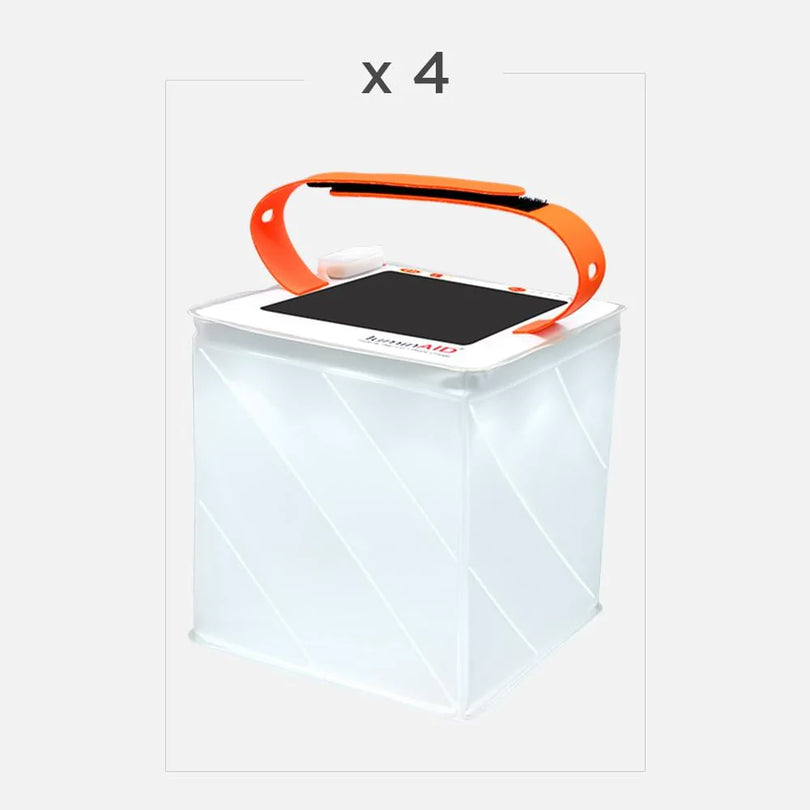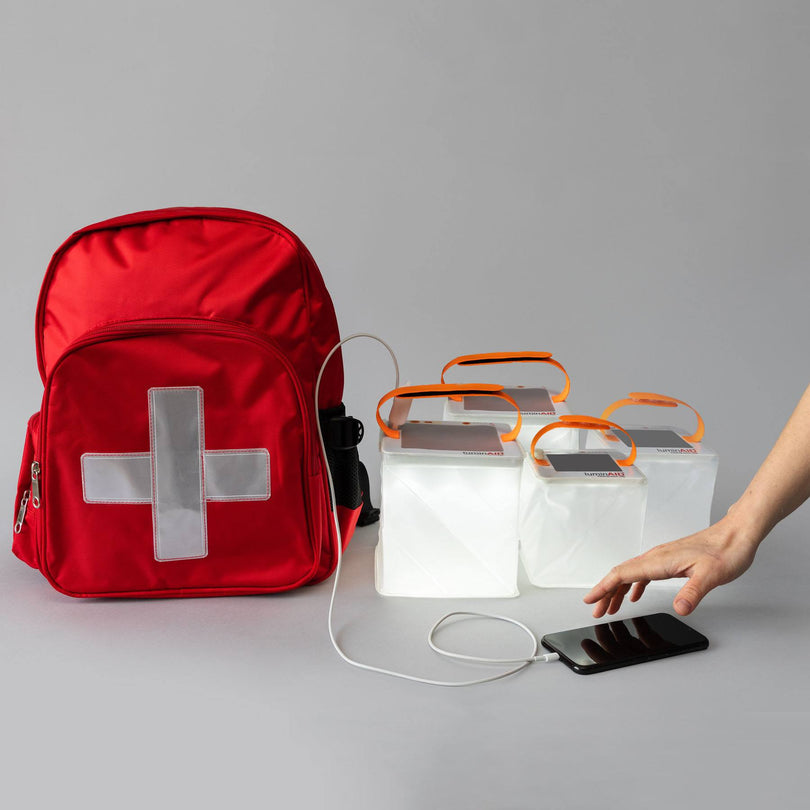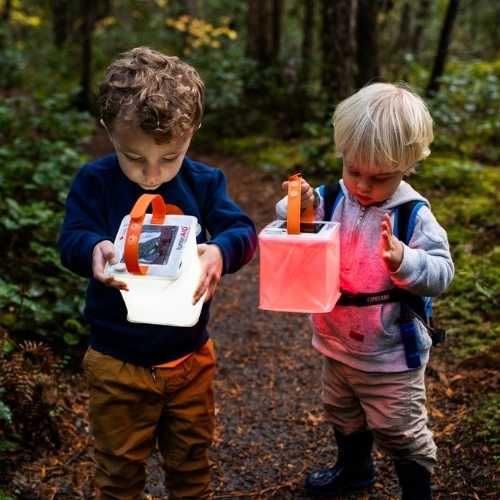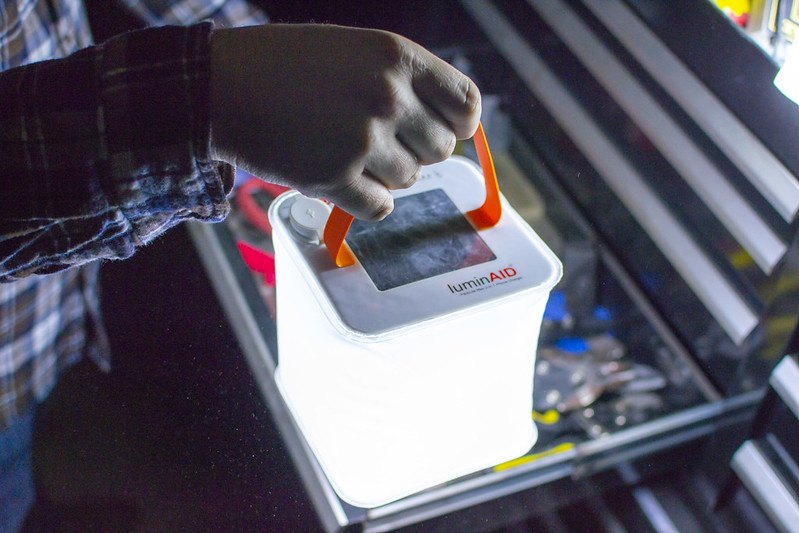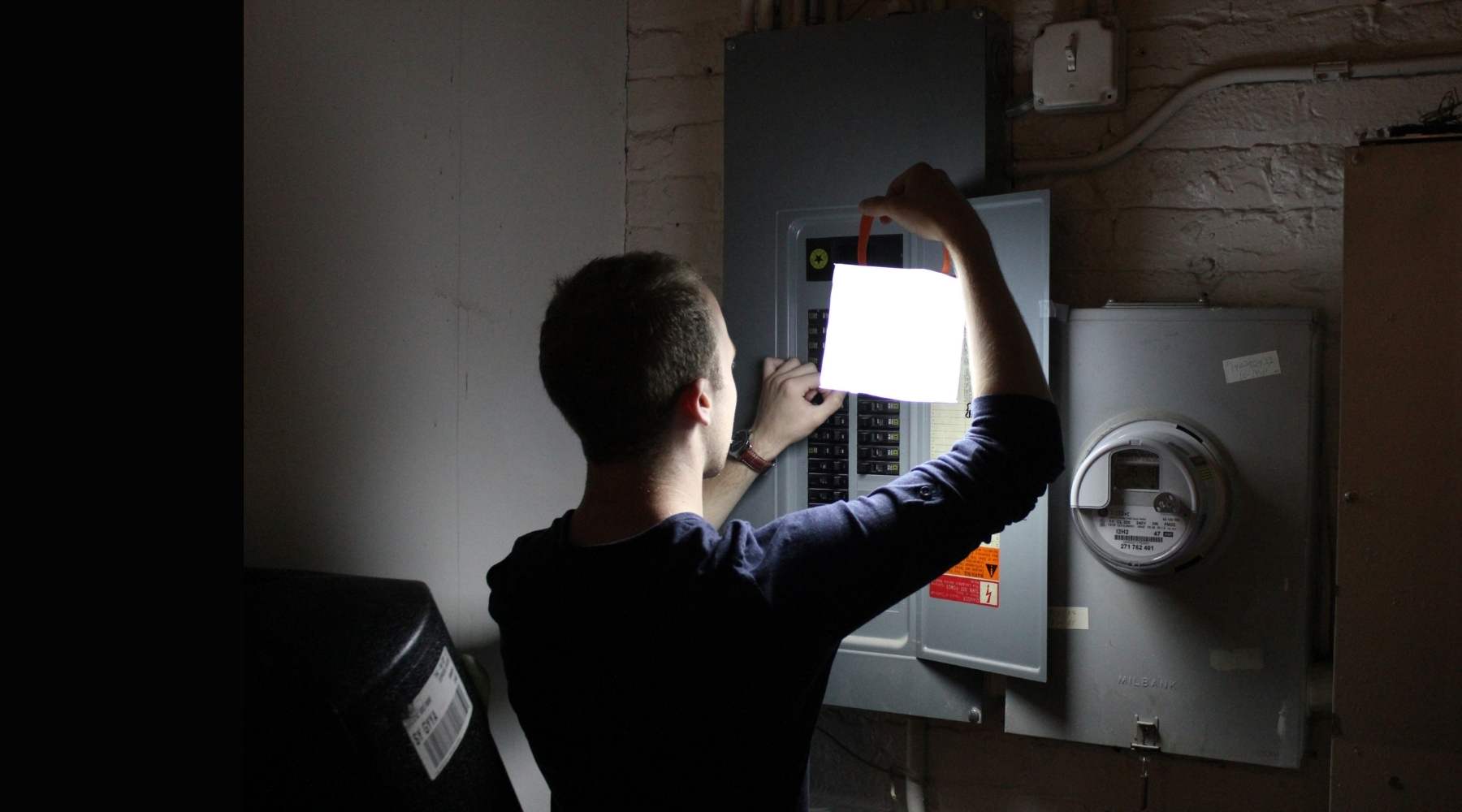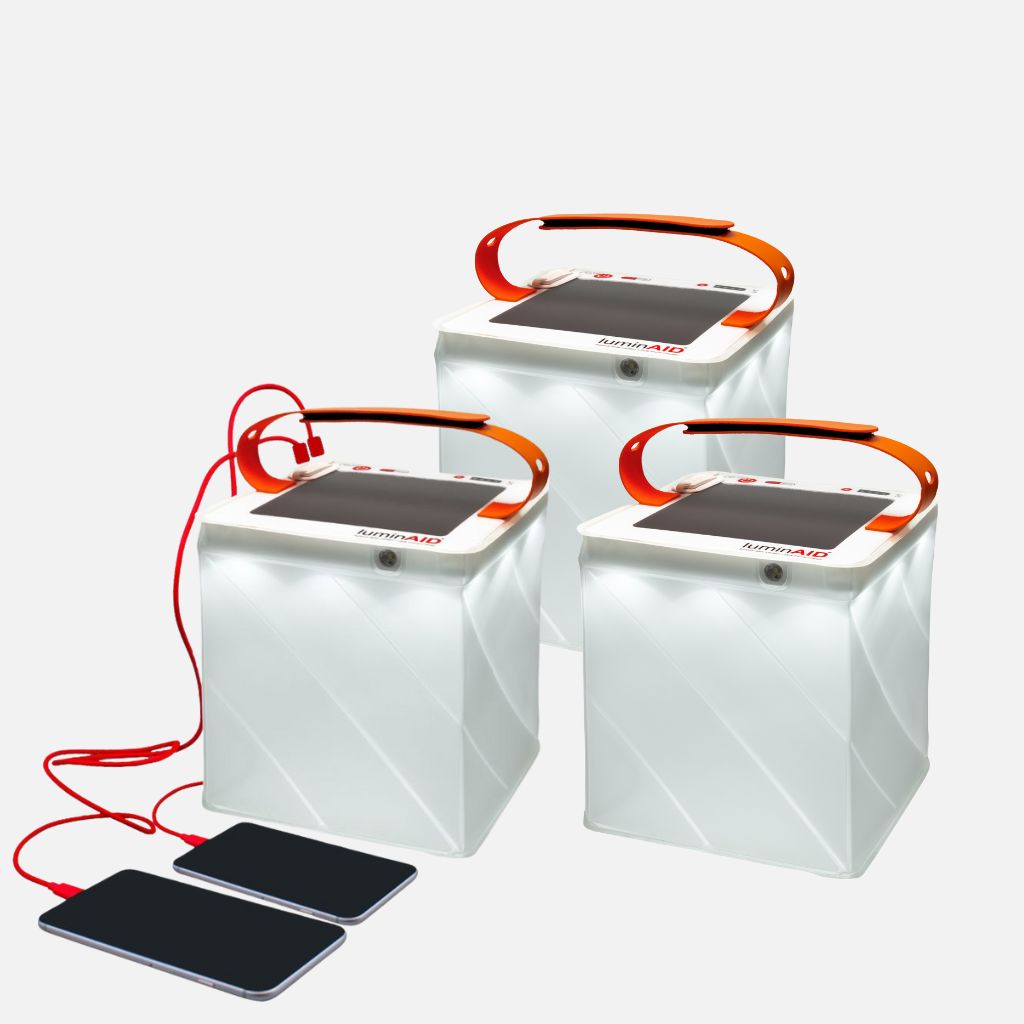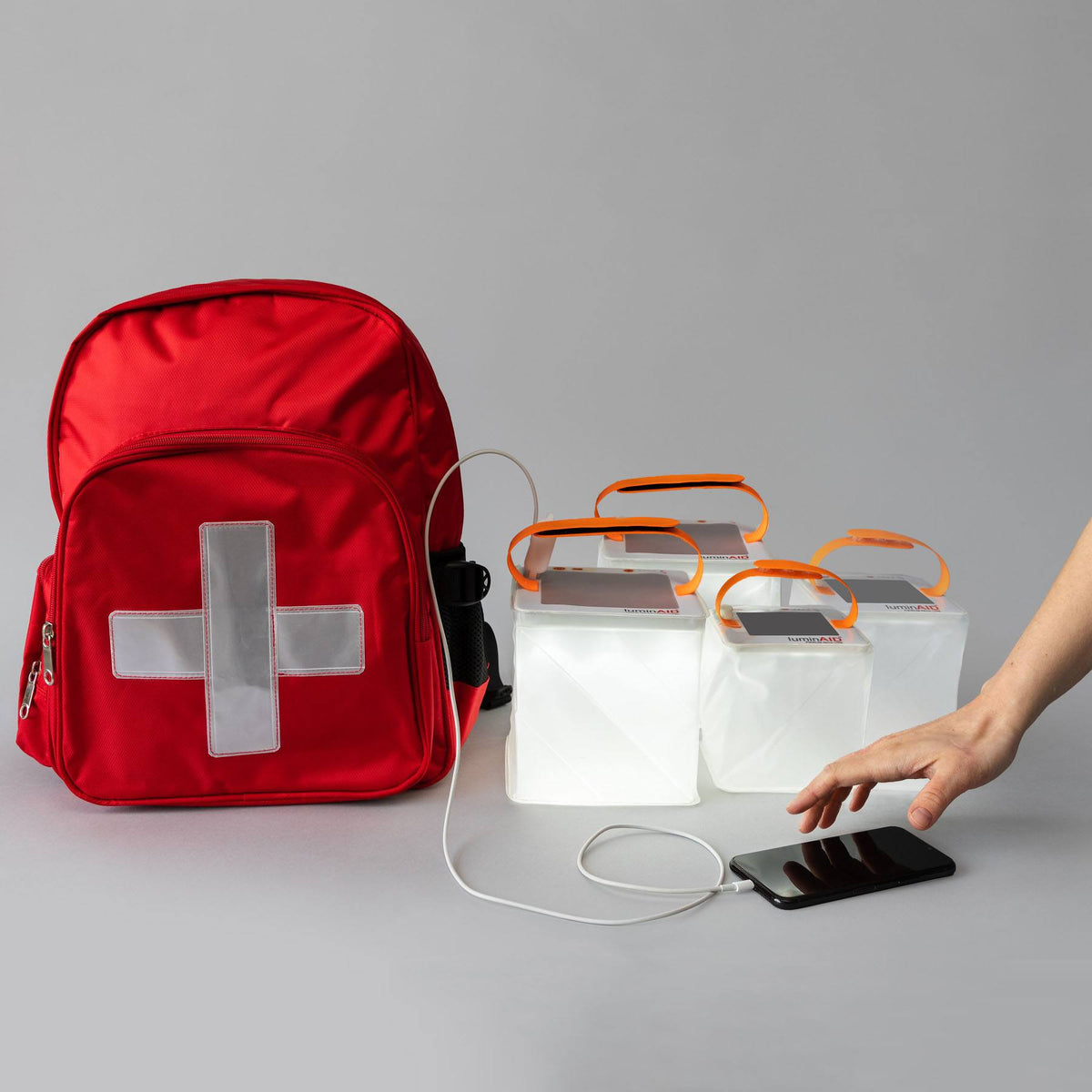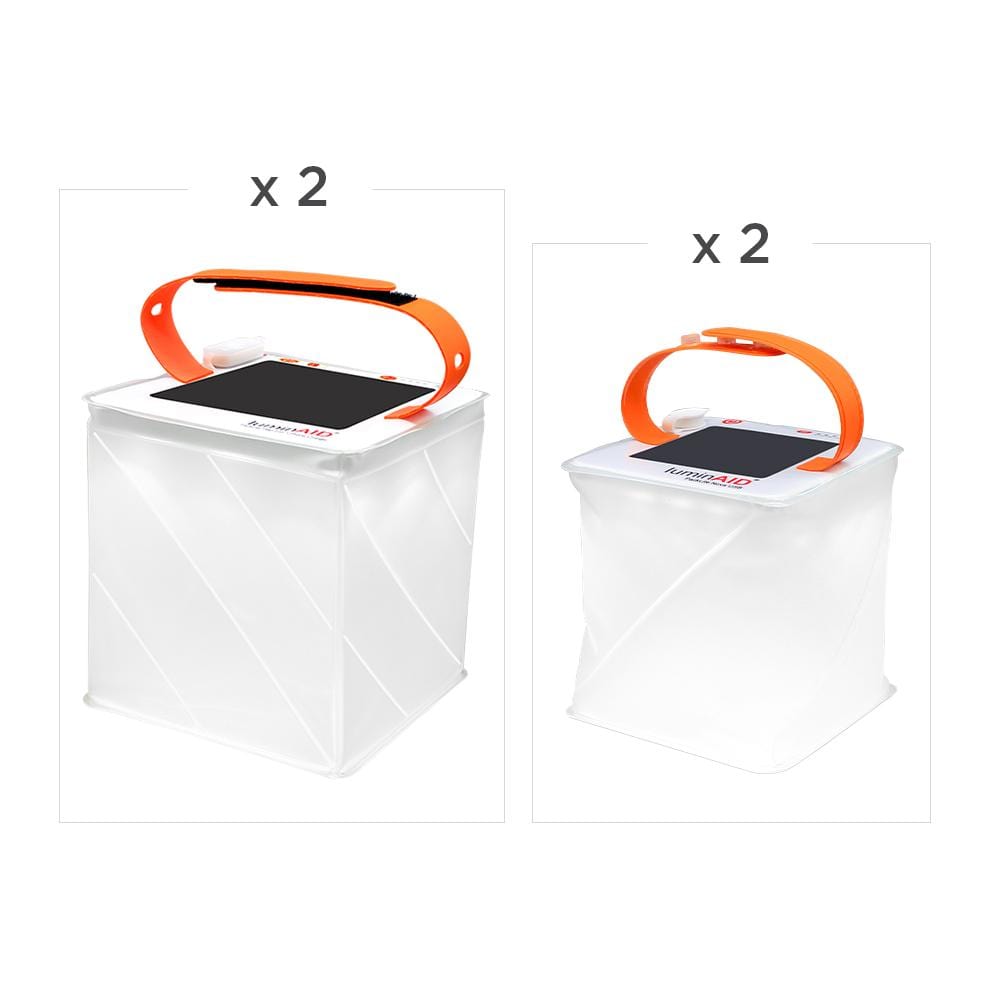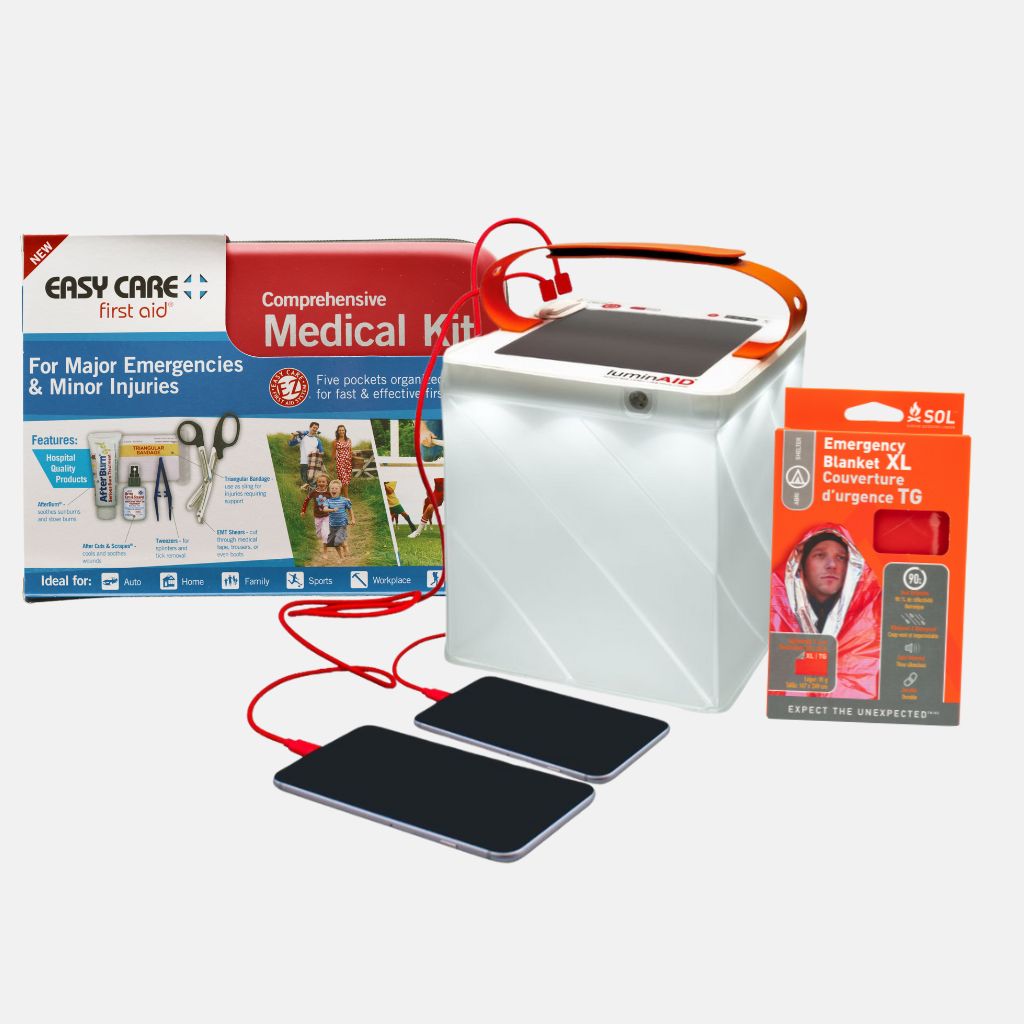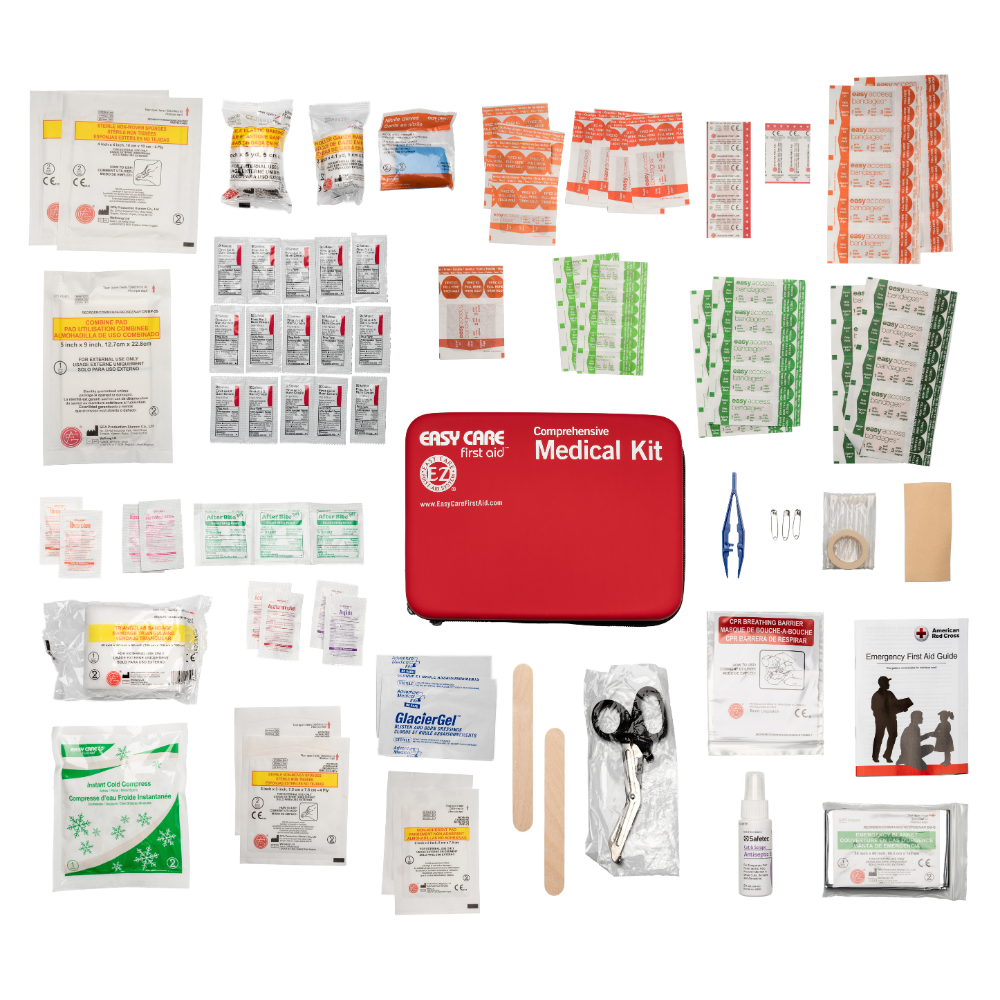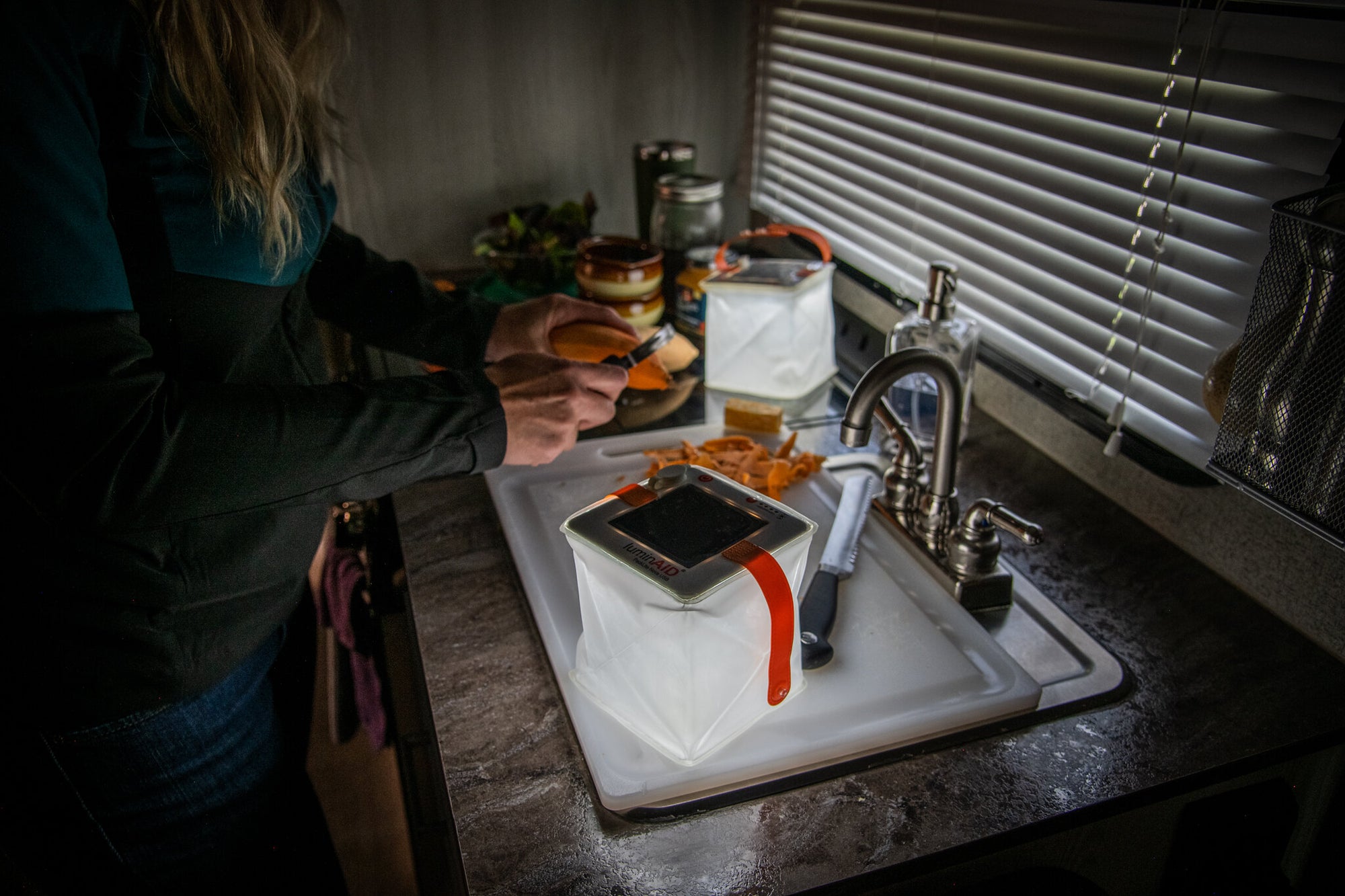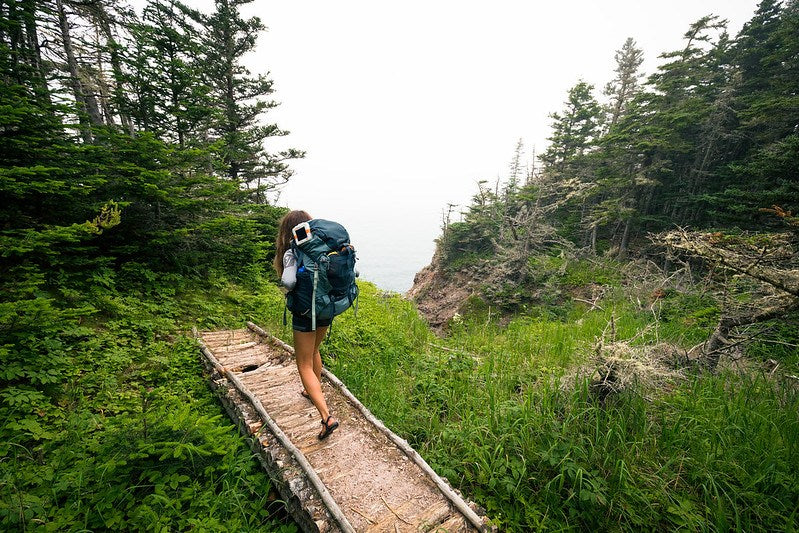What would you do if you needed to evacuate your home due to a disaster? Whether it’s an earthquake, tornado, or any other event that necessitates evacuation from your home, you should have a go bag for your family.
Go bags are pre-packed kits that fulfill all personal survival needs and contain important information. They are meant for grabbing as you leave your house, and are smaller than an at-home emergency kit.
Because of their portability, go bags are not meant to encompass everything you’ll need throughout the emergency situation–they’re a starter kit that will be essential for your first few days on the road.

Why Getting Prepared Is Important
- Limited Time to Evacuate: You never know when disaster will strike, and once it does, there’s often no time to gather essentials. That’s why it’s a very good idea to prepare them beforehand.
- Stocking Up in Advance: There are often shortages during emergencies, so it’s a very good idea to get everything you’ll need at a time when the shelves are full and prices are low.
- Just In Case: Even if you think that you’ll never need your go bag, you don’t want to be stuck without one during a catastrophe. The hassle of packing a bag you never use is insignificant when compared to the peril of having no supplies in a disaster.
Have a Plan
- Set a Meeting Place: Think about what you will do and where you will go in the event of an emergency situation. If you live with others or have family close by, it’s important to agree on an accessible meeting place in the event that you are in separate places when disaster strikes, and can’t reach each other via cell phone.
- Store Your Go Bag: Place your go bag somewhere secure that is easy to grab in an emergency. It defeats the purpose if you stash it behind heavy furniture or in a storage area.
What is a Go Bag?
A go bag is a few days’ personal supply of survival essentials. It includes food, water, necessary information, and means of communication. Go bags are portable and meant for the event that you must evacuate your house. Each family member should have their own go bag and be acquainted with all of its components. Go bags should be placed in strategic locations to save time when leaving the house.

What to Pack in Your Go Bag
First Aid Kit
You should include a first aid kit in your go bag in case of injury. Familiarize all members of your family with all of the first aid kit’s components and how to use them.
Include any necessary equipment you may need to care for the health conditions of group members, such as insulin, a blood pressure monitor, or extra prescription medication.
Documents
Make photocopies of all important documents you need access to–plan for a situation in which you will not be able to go back for them.
Store your documents in a small waterproof bag, packed flat to avoid crumpling and/or tearing. Be sure to include the following documents in your go bag, and store photos of them in the cloud as well.
Passport: It’s up to you whether you want to bring your actual passport or make photocopies of necessary pages.
Driver’s license: Make a photocopy of this in the event that your wallet is lost, stolen, or left behind, though hopefully it will remain securely on your person during evacuation.
It’s also a very good idea to include photocopies of:
- Birth certificates
- Marriage certificates
- Citizenship certificates
- Wills
- Insurance records
- Social insurance cards
- Pet insurance records
Cash
Keeping cash in your go bag is a very good idea–it’s possible that electronic payment will not work during an emergency due to power outages, and some stores only take cash.
Store your cash in a secure, hidden part of your go bag that is easy to access. Between $50 and $100 in small bills is a good amount, but it’s up to individual preference.
Local Map & Evacuation Routes
Even if you know the area well, include at least one local map, but preferably multiple with varying degrees of specificity (your entire state, regional area, and specific town).
Store these in a sealed waterproof bag so they will stay dry, flat, and clean.
Be sure to mark all evacuation routes clearly on the map, and write down specified meeting places in case you are separated from others. Discuss meeting places beforehand so that group members will know where they’re headed even without a map.
If you have time to do a bit of research, find out where the nearest emergency shelters and/or aid depots are, and mark those on the map.
Mark routes to addresses of friends and family that live in areas that will likely be unaffected by the disaster.
Though a book of maps may be appealing, it adds a lot of unnecessary weight to your go bag–choose only the maps that pertain to the area around you.
Battery-operated Radio
When you’re affected by a disaster, it’s often hard to get news about what’s happening around you. This is why having a radio is so important.
Radio waves are much more reliable than your phone’s signal during an emergency, and officials will broadcast important information via radio in any disaster scenario.
Be sure to pack extra batteries for your radio as well–you don’t know how long or how often you’ll use it during the disaster.
If you don’t want to deal with batteries, a crank radio is another great choice–it’s rechargeable, and operates with minimal effort.
Cellphone
In the event that your personal mobile phone is left behind, lost, broken, or stolen, it is absolutely essential that you have an emergency cell phone in your go bag.
This phone can be inexpensive, as long as it is functional–you just need to be able to use it to call for help and talk to family and friends.
Either save emergency contacts and other important numbers in this backup phone or write them on a piece of paper that you keep close to the phone.
Store the phone and list of numbers in a waterproof bag, placed in a cushioned and secure part of your go bag.
Solar Lantern & Phone Charger
Light is another essential in a disaster–the power may be out indefinitely, and if you want to be able to see at night, you’ll need a few lanterns.
LuminAID makes lanterns that are perfect for emergency situations: they are bright, waterproof, durable, hangable, and recharge in the sun.
Plus, they double as phone chargers! This way, you don’t have to worry about bringing a phone battery pack in your go bag–it’s already included in another essential item.
Be sure to bring charging cables that are compatible with whatever devices you plan to connect, and update your go bag if you get a new device.

Bottled Water
In an emergency, water may be scarce–pack bottles of water in your go bag as a backup until you can find another supply.
Carry enough water to keep yourself hydrated for at least a day, but make sure you have no trouble lifting your bag. It’s a good idea to test how you feel carrying different amounts of water before deciding on a final amount to pack.
However, make sure to bring at least 2 liters of water per person. The American Hiking Society suggests that you drink a half liter of water per hour of strenuous activity–your water intake may be less than this if you’re not actively exercising, but it’s good to prepare for this situation.
In a survival situation, humans who are not exercising only need one liter of water per day, according to Backcountry Survival.
Also, bring a water purification tool. You must be ready for the possibility of having to purify extra water yourself–if you’re unfamiliar with the different methods, check out this resource.
If you’re looking for a filter that purifies water as you drink, try RapidPure. If you want to purify large amounts of water all at once, carry some iodine tablets.
Dry & Canned Food
Another go bag essential is food. Since it will be sitting in your go bag for many months, it is extremely important that you only pack non-perishable food. Choose foods that are high in protein and complex carbohydrates that don’t expire (at least for a while).
You’ll want to pack freeze-dried meals, canned goods, or a mix of both–keep in mind that canned food is heavy and bulky, while freeze-dried meals are lightweight and packable. However, freeze-dried foods have an unusual texture and must be prepared with water.
If you’re worried about being short on water, pack more canned goods. If you’re worried about being short on food, pack more freeze-dried meals (because you can fit more of them in your go bag).
At a bare minimum, pack two meals per person per day. Granola/energy bars are also a good item to include, because they are a high-energy snack and can substitute for a meal in a pinch.
Remember: some non-perishable foods still have expiration dates, so check your go bag once every few years and replace expired food items.
Can Opener
Don’t forget to bring a can opener for food items. Though you can open cans other ways, it’s not worth the hassle or risk of injury in this situation.
If you’re worried about the weight and bulkiness of a can opener, you can easily find a small, lightweight can opener, or opt for a multi-tool that includes a can opener.
Multi tools are a great investment because they have many functions and take up only a fraction of their combined weight and space.
A Set of Fresh Clothes
You never know how long you’ll be outside or what weather you’ll be exposed to. Pack extra clothes to keep yourself warm and dry.
Dry socks are very important if you’re walking long distances, so pack a few pairs of extra socks. Wool socks are preferable, since they keep you warm and prevent blisters even when they’re wet.
Though shoes add a lot of weight to your bag, consider packing an extra pair of sturdy shoes. These are great to have if your shoes get wet, or if you leave your house wearing flimsy or unsupportive shoes that are not good for walking.
If you’re packing clothes and shoes for children, be sure to replace them once the child grows out of them.
A hat and pair of gloves are easy to pack and absolutely essential to have along in the case of cold weather. They prevent heat from leaving your body and will be the difference between you feeling comfortable or freezing cold!
Emergency Blanket
Not only are emergency blankets lightweight and easy to pack, they provide lifesaving warmth. Pack one for each family member.
In addition to keeping you warm, emergency blankets are extremely versatile. Among other things, they can be used as a first aid sling, a sun shield, a waterproof tarp, and a rope. See Adventure Medical Kit’s full list of uses here.
Medication
Pack at least a week’s supply of any medication you need. Think about any prescriptions you have, as well as over the counter medications you might need. If you need glasses, carefully pack an extra pair of prescription glasses in the go bag.
Some common over-the-counter medications you may want to pack are pain-relieving medicine and allergy medicine.
Pack all of your medication in an airtight, waterproof container that is secure but easy to access.
Remember that medication expires! After you pack your go bag, periodically check that all of your medications are unexpired, and replace any that have.
If your child needs medication, decide whether you’ll store it in their go bag or yours. If you have a pet that needs medication, pack an extra supply as well.
Personal Hygiene Items
Pack any hygiene items that are necessary for your comfort. This includes menstrual supplies, deodorant, and a toothbrush with toothpaste.
Travel-size versions/amounts of these items are ideal, as they are lightweight and easy to pack. To avoid leaking, put any liquids or gels in a sealed waterproof bag.
Spare Keys to Your House and Car
When you’re in a rush to evacuate, the last thing you want to do is look for your keys. Every second is precious, so save yourself time by packing spare house and car keys in your go bag.
Though it’s not certain that you’ll have access to your car or be able to return to your home, preparing for a situation in which you have access to both is the best idea.
How to Pack Your Go Bag
Here are the steps to take to pack your go bag:
- Place everything that could be damaged by water or dirt in separate sealed bags.
- Pack your heaviest items (water, canned food) strategically.
- If you’re using a suitcase, pack the heaviest items at the bottom.
- If you’re using a duffel, do the same but make sure to evenly distribute the items so that one side does not weigh more than the other.
- If you’re using a backpack, pack the heaviest items the closest to your back (and avoid packing them near the top).
- Pack your valuables in a secure inner part of the bag.
- Pack important documents (and anything else that needs to be laid flat) near one of the sides of the bag, and make sure they are secure.
- Pack breakable items near the top of the bag so they are not crushed by heavy items.
- Pack everything tightly together to minimize wasted space.
- Try carrying your packed bag to see if the weight is distributed well–make adjustments as needed.

More Things to Consider
Weight
Your go bag should be light enough to carry for long periods of time. Plan for a scenario in which you have to walk a far distance with your go bag.
If you are helping children pack go bags, make sure that they can carry theirs as well. This may mean that you carry some of their heavier provisions, such as canned food, so they are not carrying a go bag that is equivalent in weight to yours.
Waterproof Bag
Make sure your go bag is waterproof! You can’t plan for weather, or how much you’ll be exposed to the elements, so opt for a bag that keeps rain and snow at bay. It is vital that your go bag essentials stay dry so that they function properly.
If you can’t find a waterproof bag, use garbage bags or try a waterproof bag cover. Keeping your important documents, electronics, and extra clothes dry is worth the few extra dollars.
Easy to Grab
Make sure you place your go bag in a convenient location. Think about where in your home you are most likely to be when disaster strikes, and map out your likely evacuation route. Place your go bag somewhere that intersects with these locations.
Remember to find a spot in your home that is very accessible, and does not require you to move any furniture or unlock any doors. You don’t know how much time you will have in the event of an emergency evacuation, so plan for the scenario in which you must grab your go bag as quickly as possible.
While you don’t want to make your go bag so accessible that it becomes an everyday obstacle, you must stash it in a way so that nothing impedes you from grabbing it when the need arises.
Some convenient but secure places include:
- On top of a shelf or cupboard
- Under your bed
- In a closet
- Under your sink
- On a coat rack
Stay Seasonal
Seasonal changes impact what you should pack in your go-bag in addition to the essentials. Emergencies may happen without any regard to the season. In the winter you’d want to prioritize warmth. With that, you may consider adding hand warmers to the bag during the cold season. Gloves and a hat will be welcome too. In the summer, add sun protection like hats and sunscreen. So adapt your go-bag to stay prepared.
Update Your Go-Bag Regularly
Your go-bag needs more attention after you put it together. Regularly check and update your go-bag. Our recommendation is to set a schedule, like every six months. This ensures items are fresh and ready. Check expiry dates on food, water, and medication. Replace any used or outdated items.
Also, reassess your needs. Changes in family size, health, or location might mean different essentials. Keeping your go-bag updated is key for effective emergency preparedness. Regular maintenance keeps you one step ahead in emergencies.
Summary
While disaster planning isn’t always the most exciting activity, it’s very rewarding–a bit of time and thought will set your future self up for success.
A go bag for every family member as well as a designated meeting place and escape route will save you time and mitigate your stress during a calamity.
In uncertain situations, there is comfort in knowing that you have both provisions and important personal information securely at your disposal. Not only does this give you peace of mind, it provides you with survival tools for any disaster.
Packing a go bag is an easy step you can take now that will potentially save your life later. You’ll thank yourself when you’re grabbing it on the way out the door!

